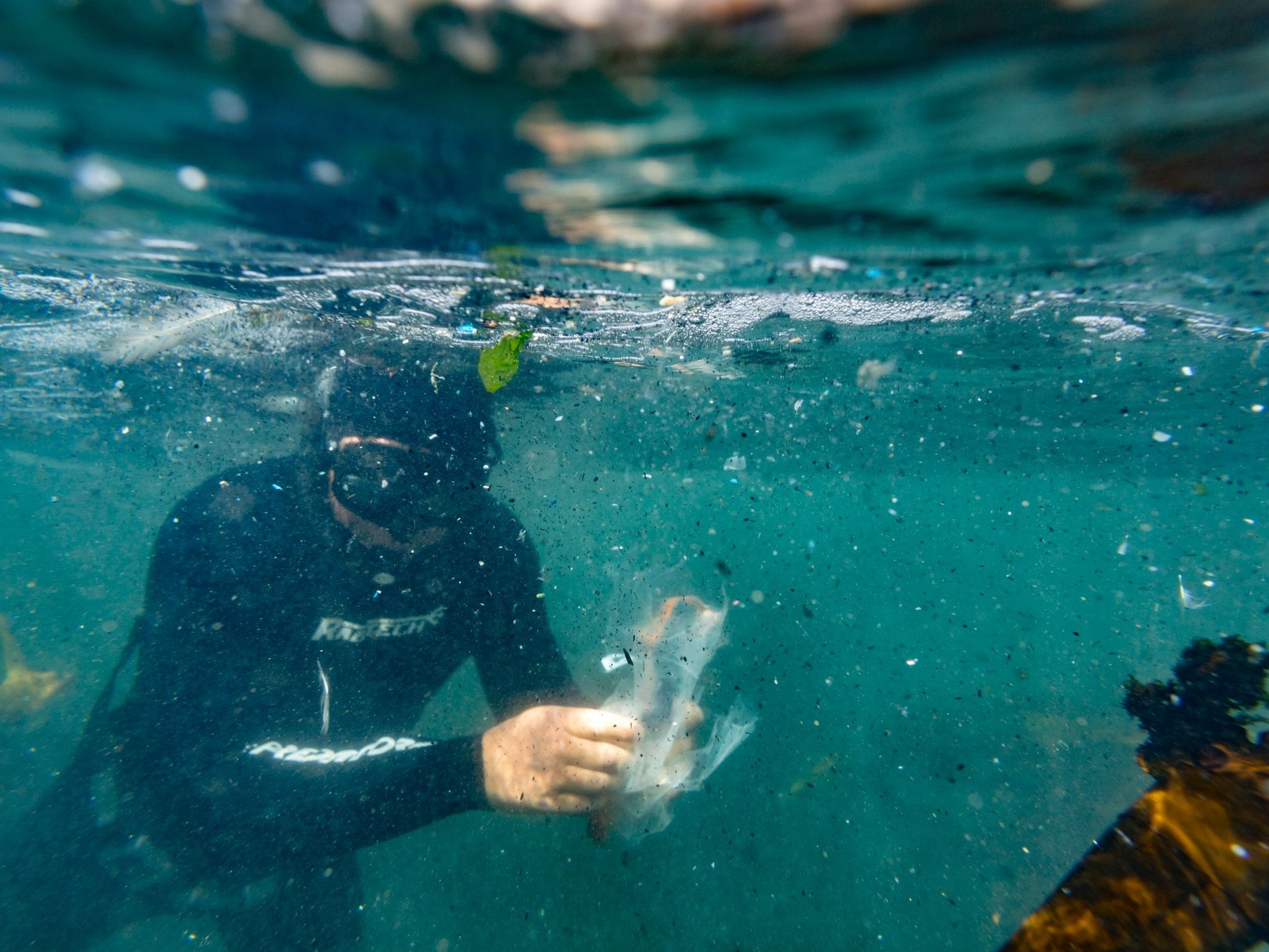Bacteria glues plastic together posing even deadlier threat to sea life, scientists find
Marine animals could mistake bigger clusters for food or cause deep-sea fish to starve

Your support helps us to tell the story
From reproductive rights to climate change to Big Tech, The Independent is on the ground when the story is developing. Whether it's investigating the financials of Elon Musk's pro-Trump PAC or producing our latest documentary, 'The A Word', which shines a light on the American women fighting for reproductive rights, we know how important it is to parse out the facts from the messaging.
At such a critical moment in US history, we need reporters on the ground. Your donation allows us to keep sending journalists to speak to both sides of the story.
The Independent is trusted by Americans across the entire political spectrum. And unlike many other quality news outlets, we choose not to lock Americans out of our reporting and analysis with paywalls. We believe quality journalism should be available to everyone, paid for by those who can afford it.
Your support makes all the difference.Plastic in the oceans is being turned into an even greater threat to small sea creatures than previously thought because bacteria are sticking particles of it together, scientists have discovered.
Glue-like substances secreted by bacteria are sticking tiny bits of plastic to form larger clusters that marine animals could mistake for food, experts fear.
They also worry that the clumping could divert the natural flow of food from the ocean surface to the seafloor, leading to deep sea creatures being starved.
Researchers at Heriot-Watt University in Edinburgh staged experiments with seawater, adding plastics in conditions simulating the ocean surface.
Within minutes, the minuscule pieces of plastic grouped together with bacteria, algae and other organic particles to form larger clumps.
The scientists are said to have been surprised to discover that large masses of biopolymers – molecules made by organisms – formed the bulk of the plastic clusters.
About eight million tonnes of plastic are thrown into the ocean each year, research shows.
Team member Stephen Summers said: “This is a first step towards understanding how nanoplastics interact with natural biopolymers throughout the world’s oceans.
“This is very important, as it is at this small scale that much of the world’s biogeochemistry occurs.”
The clumps became visible to the naked eye.
“The fact that these agglomerates become large enough to see raises concern, as they are likely to be seen as a food source by small marine animals,” he said.
Tony Gutierrez, the microbial ecologist who led the study, said deep-sea ecosystems could become starved of food if plastics of different densities affected the food flux from the upper to lower reaches of the ocean.
Additional reporting by PA
Join our commenting forum
Join thought-provoking conversations, follow other Independent readers and see their replies
Comments